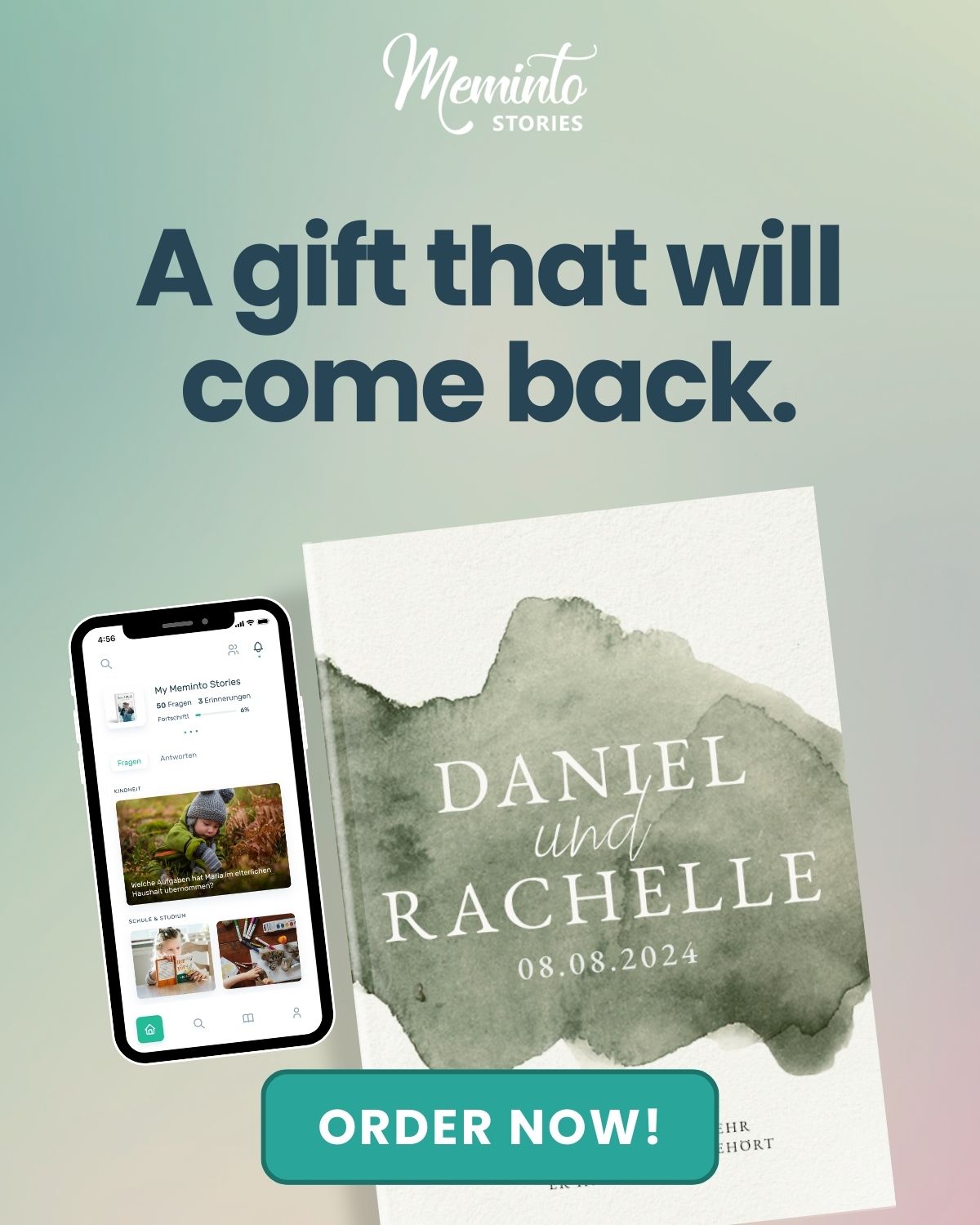Imagine the awe in your grandchildren’s eyes as they delve into a personal history book brimming with the vibrant tapestry of your family’s legacy. Generations-old stories, whispered down through time, come alive – triumphs and struggles, laughter shared, and tears endured. These precious memories, meticulously documented in a personal history book, transform into a cherished heirloom, a tangible connection to their roots that will resonate for generations to come.
But crafting this treasured record might seem daunting. How do you capture the whispers of the past and weave them into a compelling narrative? Worry not, intrepid storyteller! This guide equips you with 20 essential tips to craft a captivating personal history book that will not only preserve your family’s legacy but also spark the imaginations and touch the hearts of those who hold it dear. So, embark on this meaningful journey, pen in hand, and transform your family’s personal history into a timeless treasure.
1. Gather your materials:
Before diving into the writing, gather your resources. Old photographs, letters, diaries, family heirlooms – anything that breathes life into your ancestors’ stories. Scan documents, digitize photos, and interview family members, capturing their memories and perspectives.
2. Choose your focus:
Will your book be a sweeping saga spanning generations or a poignant portrait of a specific individual? Deciding on a scope helps you organize your material and maintain focus.
3. Structure the chapters of your personal history book:
Chronological order is a safe bet, but don’t be afraid to experiment! Thematic chapters, flashbacks, and even alternating narratives can add depth and intrigue to your personal history book.
By the way: Did you know that we at Meminto do all the work for you when it comes to your book?
- We ask you the right questions to help you remember many situations in your life.
- We put everything into a structured and chronological form.
- And in the end, we make sure that your book is beautifully printed and will hold your memories for many decades to come.
Try it out and start now with your personalized Meminto Stories life book!
4. Paint vivid pictures with words:
Don’t just tell; show! Immerse your readers in the sights, sounds, and smells of your ancestors’ world. Use evocative language and sensory details to bring history to life.
5. Find the emotional core:
Family history is more than dates and names. Unearth the emotional threads that bind your family together – love, loss, resilience, and everything in between. These are the stories that resonate most deeply.
6. Include the unsung heroes:
Don’t just focus on the prominent figures. Give voice to the lesser-known members of your family, the quiet heroes who shaped your lineage in their own unique ways.
7. Embrace the humor and the heartbreak:
Life is a tapestry of laughter and tears. Don’t shy away from the humorous anecdotes or the poignant moments of loss. These experiences add depth and dimension to your story.
8. Use quotes and anecdotes:
Let your ancestors speak for themselves! Intersperse your narrative with quotes from letters, diaries, or recorded interviews. These firsthand accounts add authenticity and emotional impact.
9. Weave in historical context:
Set your family story against the backdrop of major historical events. This helps readers understand the challenges and triumphs your ancestors faced within the broader context of their times.
10. Fact-check meticulously:
Dates, names, and places matter. Double-check your facts to ensure accuracy and avoid perpetuating family myths.
11. Craft a compelling title:
Your title is the first impression. Choose something evocative and relevant to your story’s core theme.
12. Design with love:
Invest in a beautiful layout and cover design for your personal history book. This elevates your book from a personal project to a cherished keepsake.
13. Get feedback:
Share your work with trusted friends and family for constructive criticism. Their insights can help you polish your manuscript and refine your story.
14. Consider self-publishing:
With online platforms and print-on-demand services, self-publishing is easier than ever. This gives you control over the creative process and allows you to personalize the book for each recipient.
15. Don’t be afraid to revise:
Writing is rewriting! Don’t be afraid to go back and refine your work, adding details, cutting unnecessary passages, and ensuring your story flows smoothly.
16. Celebrate the journey:
Writing a family history book is a labor of love. Enjoy the process of unearthing your heritage, connecting with your ancestors, and creating a lasting legacy for your family.
17. Share your gift:
Once your book is complete, don’t keep it to yourself! Share it with your family, friends, and even the broader community. You’ll be surprised by the joy and connection it sparks.
18. Keep the flame burning:
Your family history book is just the beginning. Encourage younger generations to contribute their own stories, keeping the legacy alive for years to come.
19. Remember, it’s about more than just words:
A family history book is a tangible expression of love and appreciation. It’s a way to honor your ancestors, connect with your family, and leave a lasting legacy for future generations.
20. Most importantly, have fun!
Writing your family history should be a joyous experience. Embrace the laughter, the tears, and the magic of rediscovering your roots.
Remember, your family history book is a gift, not just for your readers, but for yourself. It’s a tangible link to your roots, a testament to the lives that came before yours, and a celebration of the enduring power of family. So grab your pen, open your heart, and let the stories flow. Your ancestors are waiting to be heard.


















